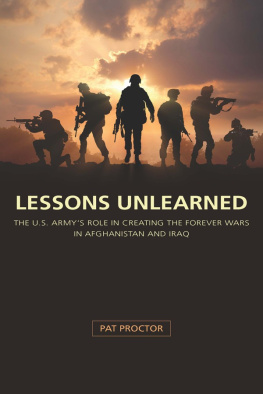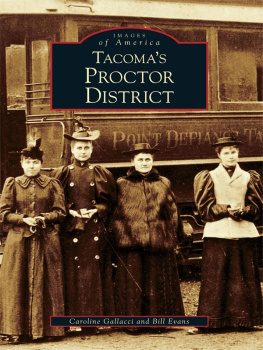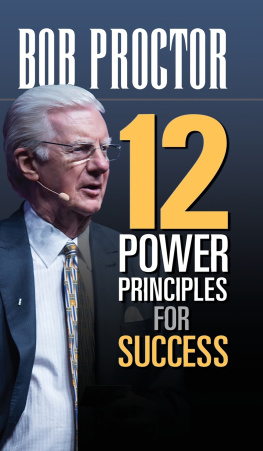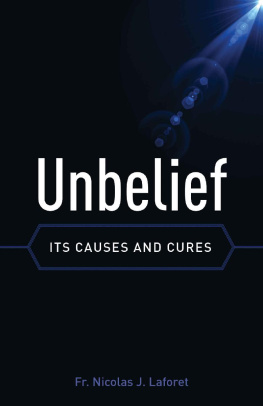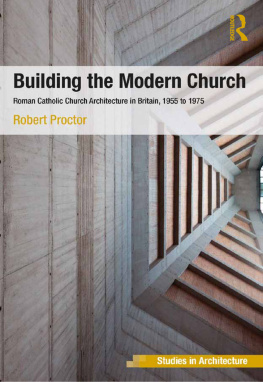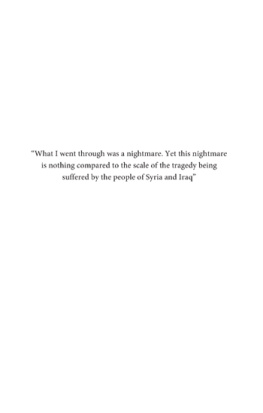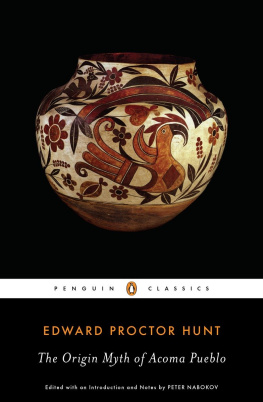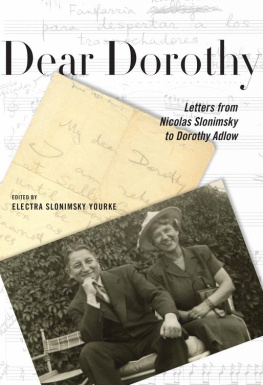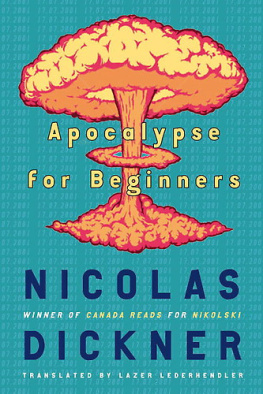Contents
Guide
Pagebreaks of the print version
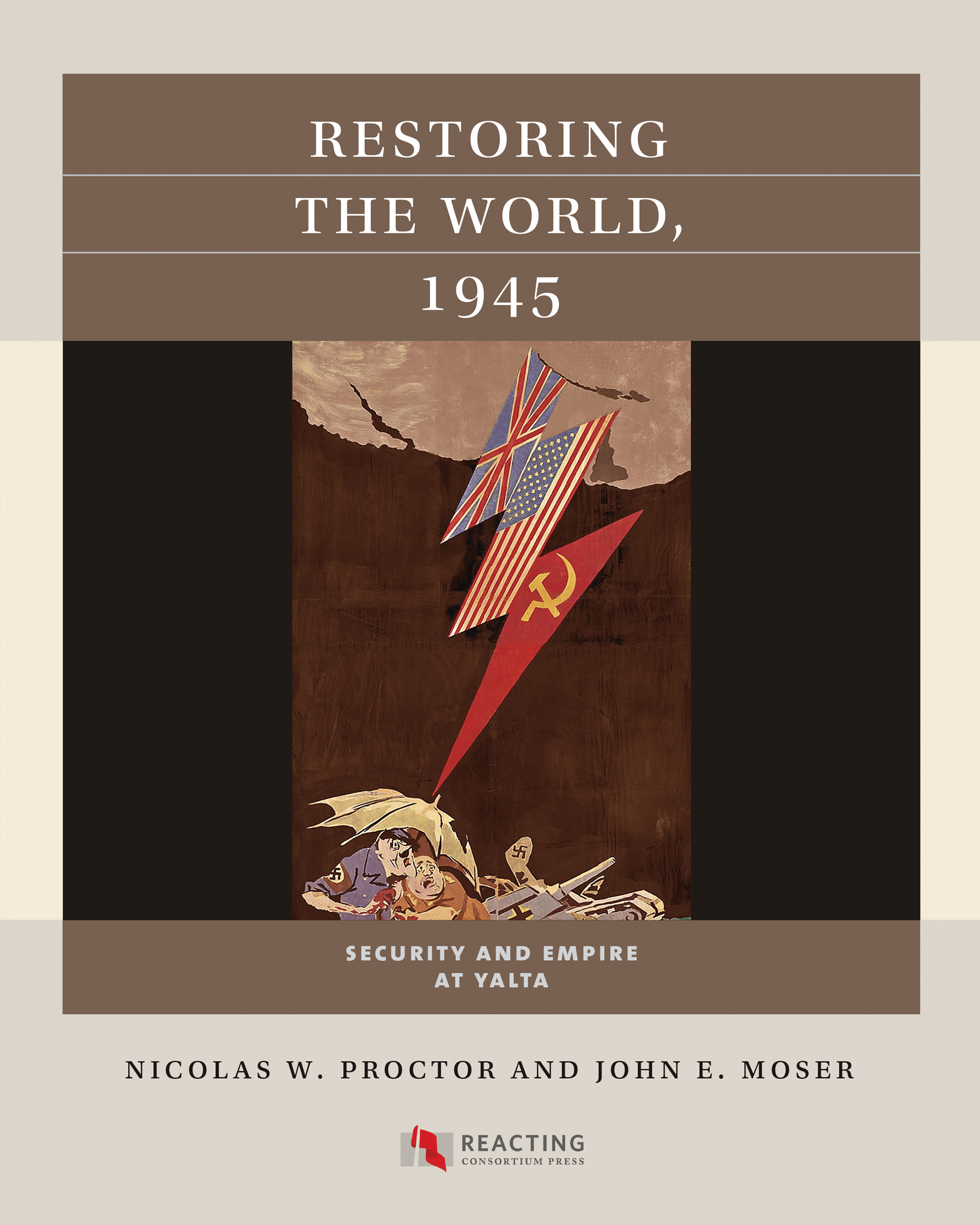
Restoring the World, 1945
REACTING CONSORTIUM PRES
This book is a reacting game. Reacting games are interactive role-playing games in which students are responsible for their own learning. Reacting games are currently used at more than 400 colleges and universities in the United States and abroad. Reacting Consortium Press is a publishing program of the Reacting Consortium, the association of schools that use reacting games. Barnard College is the host institution for the Reacting Consortium and Reacting Consortium Press. For more information visit http://reactingconsortiumpress.org.
Restoring the World, 1945
SECURITY AND EMPIRE AT YALTA
NICOLAS W. PROCTOR AND JOHN E. MOSER

2020 Nicolas W. Proctor and John E. Moser
All rights reserved
Set in Utopia and The Sans
by Westchester Publishing Services
ISBN 978-1-4696-5984-8 (pbk.: alk. paper)
ISBN 978-1-4696-5985-5 (ebook)
Cover image: Kukryniksy. A Thunderous Blow, 1942. The Art Institute of Chicago. Made available under Creative Commons Zero (CC0).
Distributed by the
University of North Carolina Press
116 South Boundary Street
Chapel Hill, NC 27514-3808
www.uncpress.org
With the wars general outcome starting to become clear, the endgame is best thought of as a discussion over what the details of the final settlement will be and what will happen after the shooting stops. The problem is that that discussion, whether implicit or explicit, takes place under extremely trying circumstances. At least some officials on both sides may now be considering sheathing their swords, but they are doing so against the backdrop of the fighting itself: the triumphs and disasters experienced, the blood and treasure spent, the hopes and passions raised. By this point, moreover, leaders and publics have usually gotten so caught up in beating the enemy that they find it hard to switch gears and think clearly about constructing a stable and desirable political settlement. So they rarely handle endgame challenges well and usually find themselves at the mercy of events rather than in control of them.
Gideon Rose, How Wars End
Contents
Restoring the World, 1945
1
Introduction
BRIEF OVERVIEW OF THE GAME
This game explores the diplomacy between the United States, Great Britain, and the Soviet Union during the final months of the Second World War. For the past three years, these nations have been joined together into a Grand Coalition against Nazi Germany, but with victory in Europe close at hand, cracks have started to appear.
The Yalta Conference is focused on compromise. It culminates in the drafting of a shared written document: the Final Protocol, which may be augmented by secret agreements. Achieving consensus can be a challenge, especially given the complexity of the issues and the desire of each of the Big Three to be first among equals. If too many issues are left undecided, the conference will collapse, Germany and Japan will take heart, the war will continue, hundreds of thousands more will die, and everyone will lose the game.
Each attendee is determined to shape the postwar world. Together, the players must decide the fate of millions of inhabitants of Eastern Europe, Germany, and East Asia. At the same time, they must work to ensure that the proposed United Nations organization will function after the war ends.
When it comes time to compromise, they must make sure that their nation is not making too many concessions, especially on the issues about which they care the most, but they must also recognize that if they do not give way on some issues, the conference will collapse.
Through this exploration of the multipolar grand strategy, players should develop a deeper understanding of the ideologies of the main Allied Powers during the Second World War, the key decisions that were made at the end of the war, and the origins of the Cold War.

This map of Eastern and Central Europe shows pre-1938 political borders. German forces remain in control of most of Germany, Austria, Denmark, western Czechoslovakia, and northern Italy. The map also shows the Curzon Line, the projected boundaries of the different occupation zones for Germany, and the provinces of Prussia and Silesia.
PROLOGUE: THE NEW WORLD ORDER
Across the Atlantic
Your journey to Yalta began with a secretive, predawn departure from the naval base at Newport News, Virginia, on the morning of January 23, 1945. Aboard the heavy cruiser USS Quincy, you and other members of the U.S. delegation slipped away from the east coast of North America under cover of darkness.
It took over a week for the Quincy and its accompanying flotilla of destroyers and cruisers to cross the Atlantic Ocean and sail through the western Mediterranean Sea to the British fortress-island of Malta. Throughout the passage, friendly aircraft hung in the sky. The main danger supposedly came from German submarines, but few people seemed particularly concerned. At this point in the war, the Kriegsmarine is beaten. Even if the Germans could position a wolf pack of submarines in your path, they would be foolish to attack such a large and well-organized force. Still, every precaution was taken to avoid detection. At night, the ships ran without lights. If a message needed to be sent, a destroyer would leave the group, transmit, and then continue on another course.

This map of East Asia shows most of the theater of operations. Japanese forces remain in control of all the islands that appear on the map, but U.S. forces have liberated the southern portion of the Philippines. The Japanese also control Indochina, Korea, eastern China, and Manchuria.
President Roosevelt celebrated his sixty-third birthday while you were at sea. His health seems to have declined; you hope that he will rebound by the time you arrive at the conference. Without his charm and skill, it will be difficult to settle any of the many territorial issues that he has postponed deciding. These issuesparticularly in relation to Polandhave become more immediate due to military necessity. As the Soviet, British, and American armies crush the German Reich between them, determining the shape of postwar Europe becomes an increasingly pressing matter.
As the war in Europe grinds to a bloody conclusion, the conflict in the Pacific rages on. Consequently, many of the military leaders accompanying the delegation agitate for greater effort against Japan. Most hope to persuade the Soviet Union to abrogate its neutrality treaty so that it can bring pressure on Japans large and undefeated Kwangtung Army in China.
Complicating all this is the presidents determination to breathe life into the new United Nations organization. The Soviets committed to joining the organization in the fall of 1944, but important details remain to be worked out. You know that Roosevelt has great hopes for the organization, but he otherwise plays his cards notoriously close to his chest. His negotiating style often features abrupt changes of direction, which occasionally lead him into contradictory positions. Indeed, he once remarked, I never let my right hand know what my left hand does I may have one policy for Europe and one diametrically opposite for North and South America. I may be entirely inconsistent, and furthermore I am perfectly willing to mislead and tell untruths.


